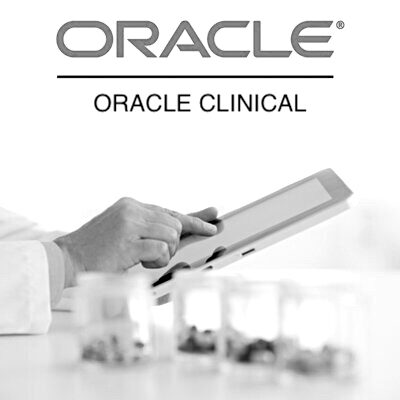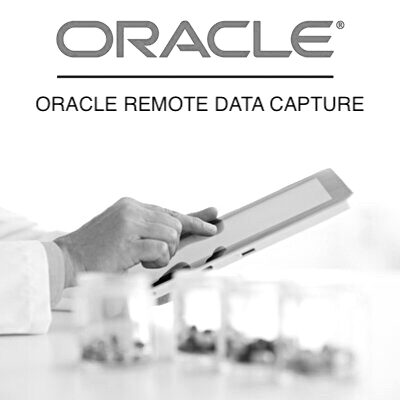Table of Contents
Processes before Clinical Data Submission
In this post we shall be discussing about the clinical data management processes and tasks performed before the submission of clinical data to the regulatory authorities. These are basically divided in Data Extract and Data Analysis using SAS. Lets talk about each of these tasks and whats included as a part of them.
Data Extract
After the data has been collected and cleaned in Oracle Clinical, it needs to be analyzed before submitting to the regulatory authorities. Since CDMS do not generally incorporate capabilities for statistical analysis, the data has to be extracted into SAS.
This is a predefined process. Since it is known that the extract needs to be done of the data from the clinical database, SAS is integrated with the CDMS from the start. For example when Oracle clinical is installed a folder is created called the “SAS view” folder which helps look at the data in Oracle clinical at any point of time through SAS. However this only provides a read only view of the data as the data is being accessed from Oracle Clinical database and you would not want to run programs against the data in a production database.
Thus using the data extract function of Oracle clinical, the data (maybe a single DCM dataset like Demography or a study dataset containing data for all DCMs), may be extracted out as a dataset may be created and output into the SAS view folder. This can then be accessed from the SAS library and statistical programs can be run against the data.
Most CDMS used today store their data in relational databases such as Oracle and Microsoft SQL server. A relational database consists of rectangular data matrices called tables within which the data is stored. SQL is a language that is used to work with relational databases. SAS contains modules such as the SAS/ACCESS SQL pass through facility and the SAS/ACCESS LIBNAME engine as methods of providing extraction of data from the relational database of the CDMS.
Data Analysis using SAS
SAS (Statistical Analysis System) is a software package originally designed for statistical analysis, but branched out into graphics, online data entry and compilers for C programming language. It further went on to include tools for visualizing data, administering data warehouses and building interfaces to the World Wide Web.
In the new century SAS has continued to grow with integrated products for cleaning and analyzing genetic data. While SAS has a diverse family of products, most of these products are integrated; that is, they can be put together like building blocks to construct a seamless system. For example, you might use SAS/ACCESS software to read data stored in an external database such as Oracle, analyze it using SAS/ETS software (business planning, forecasting, and decision support), and then forward the results in e-mail messages to your colleagues, all in a single computer program.
The latest version of SAS is 9.1.3. SAS was predominantly into the statistical analysis portion of clinical data management until now but the recent launch of the SAS Drug Development (CDMS) platform promises total clinical data management along with Statistical Analysis.
SAS Drug Development
SAS Drug Development is a Clinical Data Management system with integrated statistical analysis capabilities that provides a centralized, integrated system for managing, analyzing, reporting and reviewing data generated from clinical trials hence enabling life science organizations to make informed business decisions with confidence, to assess the safety and efficacy of compounds more effectively, to collaborate across trials, phases and therapeutic areas successfully and ultimately get better products to market faster. SAS drug development leverages SAS 9 Intelligence platform.
For a deep insight into the world of Clinical Data Management, subscribe to our Clinical Data Management Knowledgebase
Want a explore a career in Clinical Data Management? Join our Diploma in Clinical Data Management program and kick-start a career in Clinical Data Management and Oracle Clinical.
Already completed a program in clinical data management. Enhance your expertise on the Oracle Clinical software by pursuing our Oracle Clinical Fundamentals program. You can also subscribe for 24×7 access to the Oracle Clinical software for practice.




